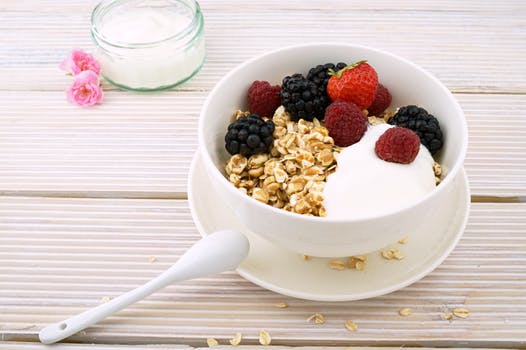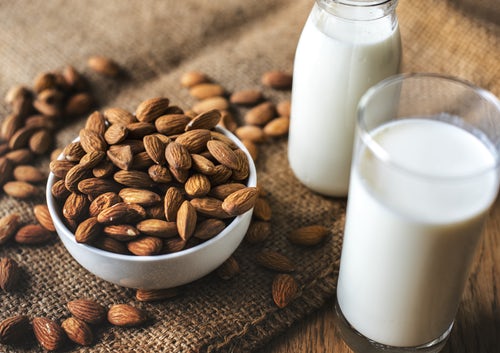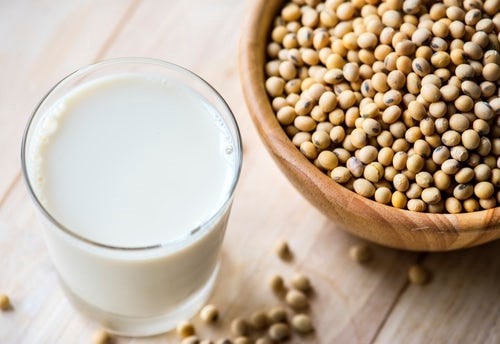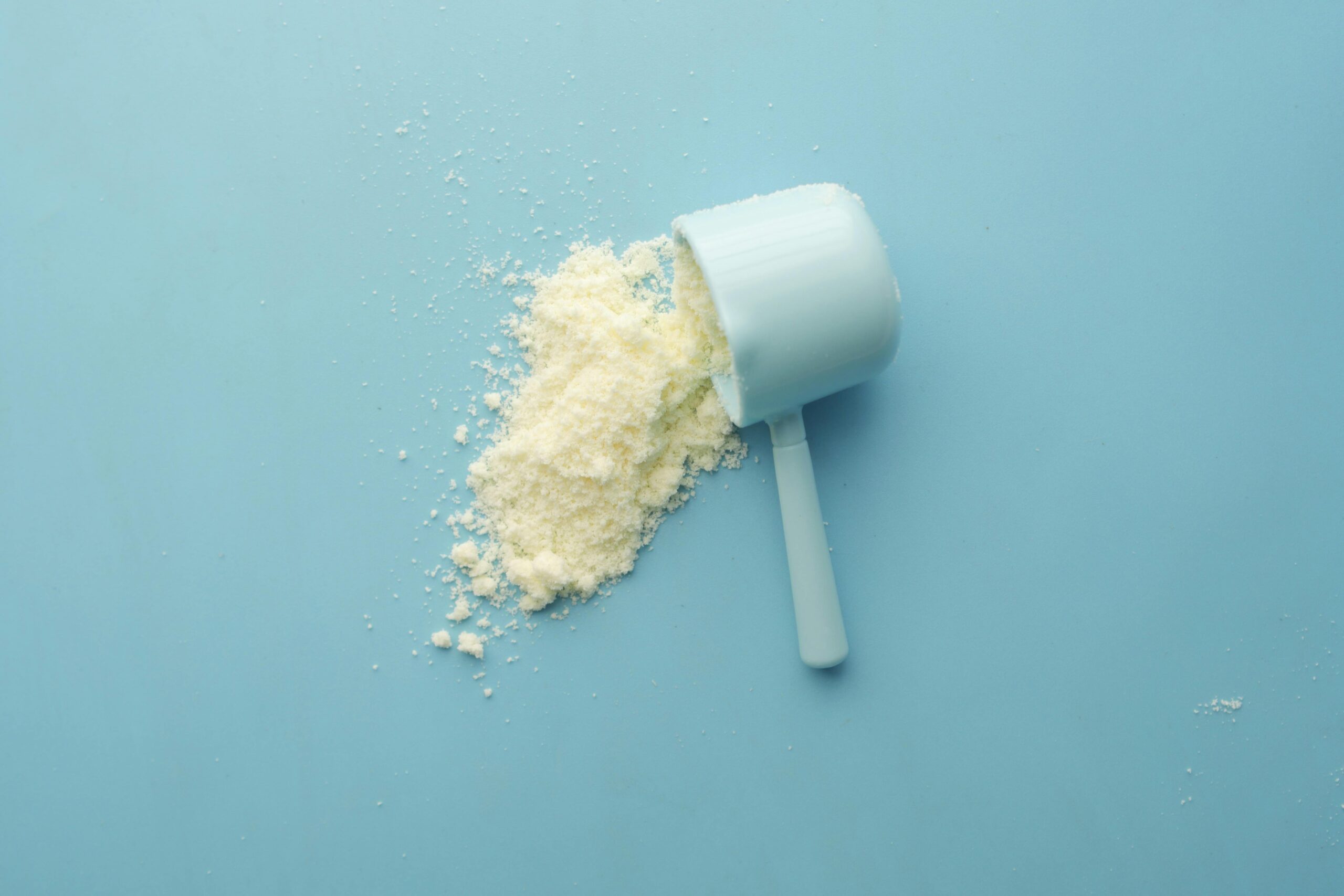This week I went out and compared the nutritional composition of 3 common dairy alternatives to their dairy equivalents. Included in this post is a summary of the key nutritional differences I found and 2 major tips on what to look for (and how to do this) when choosing dairy alternatives in order to ensure you aren’t unknowingly compromising your nutrition, short term performance and long term health.
Introducing Dairy Alternatives

I use the phrase dairy alternatives to refer to those products which have been purposefully manufactured to replace dairy items in your diet for example nut, rice, coconut or soy milks, vegan cheeses and coconut or soy yoghurts.
When swapping any dairy product for a non-dairy alternative in order to ensure a healthy intake of key nutrients found in dairy you must make sure you are swapping for an alternative product that is providing you with the same or similar nutrition. Don’t assume they are nutritionally equivalent simply because they are marketed as a diary substitute. The best way to compare is to take look at the nutrition panel because even within the same product different brands will have different ingredients and therefore nutritional composition.
The two main things to look for on the nutrition panel when choosing dairy alternatives are protein and calcium. On top of this be aware that while milk is a complete, whole and natural food dairy-alternatives can often be highly modified and as a result low in nutrients and often contain added sugar, salt, thickeners and preservatives.
Real Life Examples

Yesterday I did the leg work for you and checked out 3 dairy-free alternative products to see how they measured up nutrition wise next to their dairy equivalents. For variety I chose an almond milk, coconut yoghurt and cashew cheese.
Milk
Let’s start with almond milk.
Of all the nuts almonds are the highest in calcium so it makes sense that they would be the most common nut used for nut milks. However, when I was reading the ingredients list the percentage of a 1L bottle of almond milk that was actually comprised of almonds was a mere 3%.
Doing a quick calculation this equates to about 10 almonds in a whole carton of almond milk! Which means by drinking a 250mL glass of almond milk (a regular serving size for dairy milk) you will be getting the equivalent of about 2½ almonds. Hmmm….
Do you remember from last week’s post how many almonds you need to eat to actually get a serve of calcium? It is closer to 100g which is approximately 80 individual or ¾ cup of almonds. Therefore, the amount of calcium in 250mL of almond milk is about 3% of the amount of calcium in the equivalent serve of dairy milk. On top of this most of the calcium contained in almonds is found in their skin and in almond milk you’re not eating the skin which means the calcium intake is even lower. What this all means in short is that those 2 ½ almonds are not contributing to your daily calcium intake.
To the right is a table to show a comparison of the key nutritional components in 100g (or 100mL) each of almond and cow milk in which you can easily see that the protein and calcium content of this almond milk was practically negligible in comparison to cow milk.

| Almond milk | Full fat organic cow milk |
Protein | Less than 1g | 3.3g |
Calcium | 8.6mg | 123mg |

| Coconut yoghurt | Full cream organic cow milk yoghurt |
Protein | 1.5g | 4.8g |
Calcium | 0mg | 162mg |
Yoghurt
The second product I purchased and analysed was a coconut yoghurt.
Side note: If anyone is unaware of or is yet to try coconut yoghurt or coconut ice-cream please do because they are both delicious. Super creamy, super thick and sweet. Yummy.
The table to the left shows the clear nutritional differences when I compared 100g of this coconut yoghurt to 100g of an organic full cream cow’s milk yoghurt.
From this you can get an appreciation that no matter how delicious coconut yoghurt is it is not nutritionally equivalent to dairy yoghurt because it is low in protein and contains no calcium.
Where dairy and coconut yoghurt are equivalent is in the probiotic department because they are both made with live cultures. Therefore, the good news if it is the beneficial probiotics you are after and none of the other nutritional benefits of dairy yoghurt (because you have these covered in other parts of your diet) by all means go with the coconut yoghurt.
Cheese
The last products I compared were 100g of cashew cheese and an organic cow milk cheddar cheese. When you look at the table to the right you can see that the dairy product is once again a far superior source of protein and calcium than the non-dairy alternative.

| Cashew cheese | Full fat organic cheddar cheese |
Protein | 11.2g | 25.4g |
Calcium | negligible | 950mg |
Fortification

In recognition of this discrepancy between the calcium content of non-dairy products and dairy products (highlighted in all three above examples) some companies fortify their dairy alternative products with calcium. Fortification is when a nutrient (in this case calcium) is added to a food product during the manufacturing process. Therefore, if you are relying on your nut milk or soy yoghurt as one of the contributors to help you in meeting your daily calcium needs make sure you look at the calcium column in the nutrition panel and as a rule of thumb choose products which have 100mg of calcium or more per 100mL.
The Moral of The Story

Your body needs calcium to keep your bones strong and healthy and building and maintaining strong and healthy bones is not something to be disregarded as they are the framework that allows your body to get around. However dairy foods are not the only food source of calcium, protein, riboflavin or any of the other beneficial nutrients their consumption is promoted for therefore, it is not a health requirement that you eat dairy.
If you want to meet your calcium needs by eating non-diary food sources this is your choice and it is entirely possible. However, it will take more education and planning than simply cutting out dairy or swapping dairy for products marketed as dairy alternatives. This is because, as I highlighted in my examples above, many of these alternatives are not nutritionally equivalent to dairy. Therefore, I encourage you to always seek professional help when making any dietary changes because this is your health, your time and your life and having help can change something that has the potential to be incredibly damaging with far reaching repercussions to something which is health and wellbeing promoting. Get in contact with me by clicking here and we can discuss what are the best options for you, your unique situation and your goals.
At the end of the day there is room in a healthy diet for both dairy and dairy-free alternatives (unless you have an allergy or intolerance) because even if you do eat dairy some of the dairy-free alternatives out there are delicious (and vice versa) and something we do know for certain is that variety filled diets significant contributors to health not to mention the fact that eating food for pleasure and as an enjoyable part of life is just as important as eating food for nutrition.
Please leave a question or comment below or share your favourite dairy or dairy free recipe with me!
With my whole heart I hope you found this information useful and inspiring.

Become Great. Live Great.
Bonnie.




4 thoughts on “Top Tips When Choosing Dairy Alternatives”
This was very informative thanks Bon!
Thank you Hannah 🙂 I thought there was some very insightful and practical information in here so it’s so great to hear that you found it valuable! Thank you so much for letting me know <3
Great blog Bonnie!
Thank you Rosie! <3 Wonderful I am so happy you think it's a great one because I do too! 😀